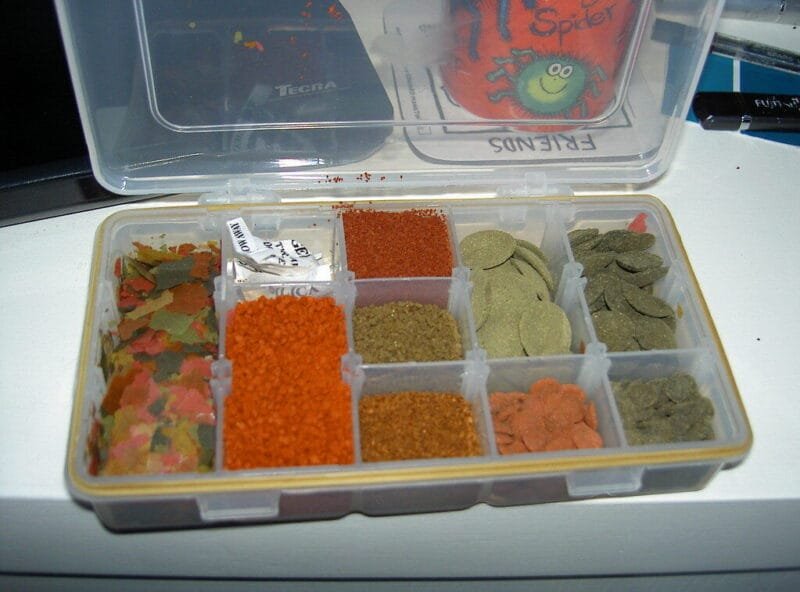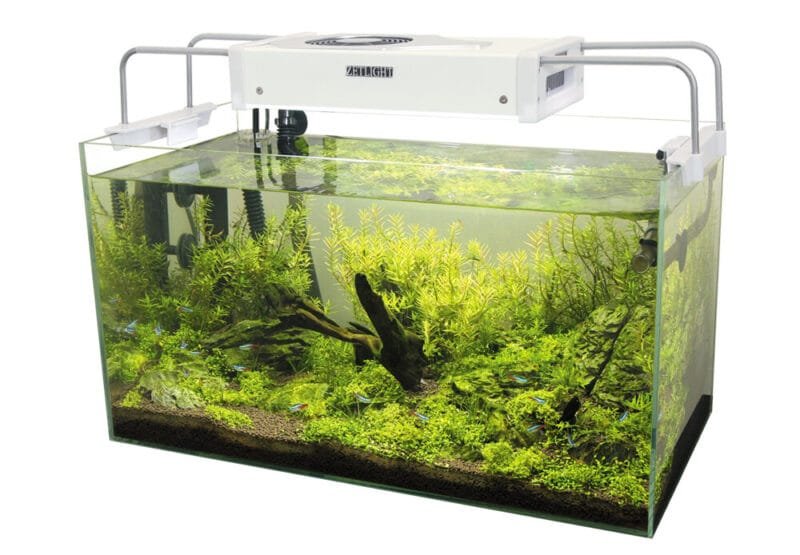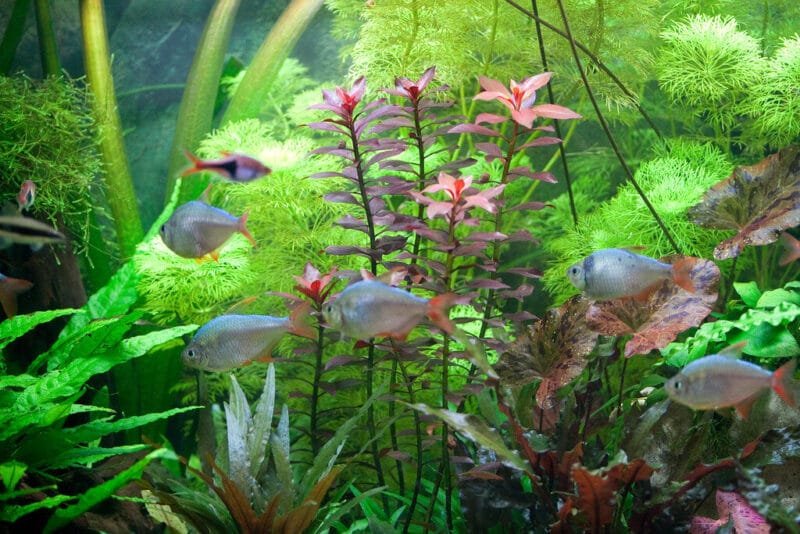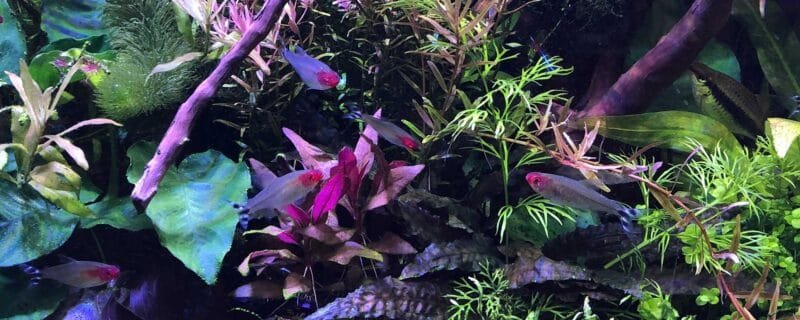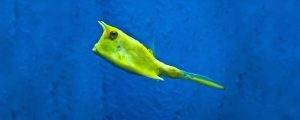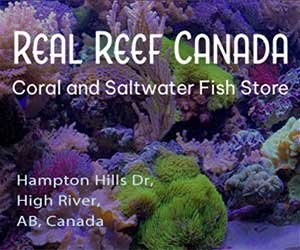Most beginners find setting up an aquarium to be an exciting yet challenging task. In this guide, you will learn how to establish your aquatic environment safely, ensuring your fish thrive. Start by selecting the right location and aquarium size, as this will greatly affect maintenance and water quality. Utilizing a high-quality filtration system will help maintain clean water, which is vital for the health of your fish. Following these step-by-step instructions will help you avoid common pitfalls and enjoy a beautiful, healthy aquarium for years to come.
Key Takeaways:
- Choose the appropriate tank size and location, ensuring it has a stable surface and access to power.
- Thoroughly rinse all equipment and decorations before adding them to the tank to remove any residues.
- Cycle the aquarium to establish beneficial bacteria, testing water parameters before adding fish.
Choosing the Right Aquarium
Choosing the right aquarium is important for creating a thriving habitat for your aquatic life. Various sizes, shapes, and materials are available, which impact not only aesthetics but also maintenance and compatibility with fish species. Assessing your space, budget, and design preference will guide you toward the ideal choice. Understanding the specific needs of your fish will also help you select an aquarium that supports their well-being.
Factors to Consider
Several factors will influence your aquarium selection process. Consider the following:
- Space available in your home
- Budget for setup and maintenance costs
- Fish species you want to keep
- Ease of cleaning and access
Perceiving these elements early on will streamline your setup experience.
How to Select the Size
Choosing the right size for your aquarium primarily depends on the type and quantity of fish you plan to keep. A larger tank offers more stability in water parameters, while smaller tanks require more frequent monitoring. Determine how many fish you want, then select a tank size that gives them ample room to thrive. Generally, a minimum of 20 gallons is recommended for beginners, as it allows for greater flexibility in species selection.
As a starting point, calculate the total inch-per-gallon rule, which suggests you allocate one inch of fish per gallon of water. For example, if you’re considering a family of five 2-inch fish, you’ll need a minimum of 10 gallons. However, opt for larger tanks to accommodate growth and behavioral needs. Additionally, look for tanks with good surface area, as this promotes oxygen exchange and adds to the overall health of your ecosystem. By understanding the dynamics of aquarium volume and fish biology, you can create a comfortable environment for your aquatic pets.
Gathering Necessary Equipment
Before venturing into setting up your aquarium, it’s vital to gather all the necessary equipment. You’ll need to ensure you have everything for both the initial setup and ongoing maintenance of your tank. A well-rounded list will help you avoid unnecessary trips to the store once you begin the setup process.
Essential Tools and Supplies
Your aquarium setup requires several important tools and supplies. This includes a suitable aquarium tank, filter, heating system, substrate, and aquascaping elements like decorations and plants. Additionally, don’t forget important testing kits for water quality and fish food. These items form the backbone of your aquarium’s ecosystem.
Tips for Quality Brands
When choosing equipment, opt for reputable brands. High-quality products often last longer and perform better, ensuring your fish thrive. Look for brands that offer warranties, as this demonstrates confidence in the durability of their products. Reading online reviews and consulting with local fish stores can guide you in selecting high-performing equipment.
- Choose brands with positive reviews
- Consider warranties for durability
- Consult local fish experts
- Prioritize established manufacturers
- Research online communities
This approach helps you avoid brands that have a reputation for poor performance, thus saving you time and money in the long run. Investing in quality now leads to fewer issues down the road.
- Check online forums for user experiences
- Look for specific recommendations on equipment
- Be cautious of overly cheap alternatives
- Evaluate product materials and design
- Always prioritize functionality over appearance
This strategy helps you create a resilient and flourishing aquarium environment, setting the foundation for successful fish-keeping.
Setting Up the Aquarium
Now that you have gathered all necessary equipment, it’s time to set up your aquarium. This involves strategically placing the tank, adding substrate, and incorporating decorations. Ensure you pay attention to the layout, as a well-designed space improves aesthetics and provides a healthy environment for your fish.
Step-by-Step Assembly
| Step | Description |
| 1 | Place the tank on a level surface. |
| 2 | Add the substrate, ideally 1-2 inches thick. |
| 3 | Install the filtration system and heater. |
| 4 | Fill the tank with water; dechlorinate if necessary. |
| 5 | Set up decorations and plants. |
| 6 | Start the filtration system and allow it to cycle. |
How-to Arrange Decorations and Substrate
Your choice and arrangement of decorations and substrate play a vital role in your aquarium’s aesthetics and the well-being of your fish. Start by layering the substrate to create slopes or plateaus, enhancing the tank’s depth. Position decorations like rocks or driftwood strategically to provide hiding spots and visual interest.
When arranging decorations, consider the natural environment of your chosen fish. For instance, if you’re keeping South American cichlids, incorporate caves made from rocks. Ensure that larger decorations are placed in the back to create a sense of depth and smaller plants or rocks in the front. Additionally, leave open swimming areas in the center for fish to thrive and explore. Aim for balance and symmetry, but don’t shy away from a few asymmetrical features to create a more organic look.
Water Conditioning
In the water conditioning phase, you’ll ensure that the water in your aquarium is suitable for your aquatic life. This process may involve adjusting the pH, adding dechlorinators, or using water conditioners to create a stable environment. It’s vital to let your treated water sit for at least 24 hours before introducing any fish to prevent any abrupt changes that could stress them out.
How-to Test Water Parameters
To maintain optimal conditions for your aquarium, regularly test the water parameters using a reliable testing kit. Measure the ammonia, nitrite, nitrate, and pH levels to ensure they fall within the appropriate ranges for your fish species. You can conduct these tests weekly until your tank is established and then transition to monthly checks.
Tips for Adding Water and Treatments
When adding water and treatments to your aquarium, do so gradually to avoid shocking your fish. Always treat tap water with a quality dechlorinator before adding it to the tank. Use a siphon or hose to minimize disturbance to the substrate, and consider using a water conditioner that offers extra benefits, such as slime coat protection or beneficial bacteria.
-
- Always use a dechlorinator for tap water.
- Add treatments gradually to avoid shocking fish.
- Utilize a siphon to protect your substrate.
- Opt for a water conditioner with additional benefits.
Any adjustments should be carried out with caution.
While adding water and treatments, focus on maintaining a gentle approach to limit stress in your aquarium. Consider opting for pre-treated water if available, or allow your tap water to sit for at least 24 hours, ensuring any chlorine evaporates. Additionally, monitor the temperature using a thermometer, ensuring that new water matches your tank’s temperature to keep your fish comfortable. This attention to detail can significantly enhance your aquarium’s health.
-
- Avoid drastic temperature changes.
- Use pre-treated water for convenience.
- Check the temperature consistently.
- Always ensure environmental stability for fish comfort.
Any changes made to your water supply should be approached wisely.
Cycling the Aquarium
Cycling your aquarium is important for establishing a healthy environment for your fish. This process involves developing beneficial bacteria that convert harmful ammonia from fish waste into less toxic substances. Without proper cycling, your aquatic life is at risk for stress and illness, making it a fundamental step you must take before adding any fish.
Understanding the Nitrogen Cycle
The nitrogen cycle consists of three main stages: ammonia production, nitrification, and nitrate reduction. Initially, fish waste and uneaten food produce ammonia, which is toxic to your fish. Beneficial bacteria quickly convert ammonia into nitrites, which are also harmful. Finally, a second type of bacteria turns nitrites into nitrates, which are less harmful and can be managed through regular water changes.
How-to Cycle Your Aquarium Properly
To cycle your aquarium effectively, you can choose from several methods, but the most common is the fishless cycle. This involves adding an ammonia source, like pure ammonia drops or even fish food, to initiate bacterial growth. Test your water regularly, aiming for 2-4 ppm of ammonia. Over a few weeks, beneficial bacteria will develop, and you’ll begin to see nitrites followed by nitrates, indicating a completed cycle.
During the cycling process, it’s important to conduct regular water tests using a reliable test kit. Initially, you should see spikes in ammonia levels followed by nitrites and then nitrates. If ammonia levels exceed 5 ppm, reduce the source or perform a partial water change to prevent harming the bacteria. Allow the cycle to complete, which typically takes 4-6 weeks; then, you can gradually introduce fish to your aquarium. Keeping an eye on water parameters is vital for your fish’s health as you transition into a fully functioning aquatic ecosystem.
Introducing Fish
Once your aquarium is fully cycled, it’s time to add fish. Begin by introducing a small number of hardy species to monitor water quality and ensure that the environment is stable. Introduce your fish slowly over several days to avoid overwhelming the system and to allow your beneficial bacteria to keep up with the bioload.
How-to Choose Compatible Species
Selecting compatible species is important for a harmonious aquarium. Research the adult size, temperament, and dietary needs of each fish to ensure they can coexist peacefully. Consider community fish, which are less aggressive, and always choose species that thrive in similar water conditions.
Tips for Acclimation
Acclimating your fish properly helps them adjust to the new environment and reduces stress. Float the sealed bag in the aquarium for about 15-20 minutes to equalize temperature. Then, gradually mix tank water into the bag over an hour before gently releasing the fish into the tank.
- Acclimation is vital for fish health.
- Gradual temperature adjustment helps reduce shock.
- Consider using a container for mixing tank water.
- After acclimation, monitor fish for signs of stress.
After floating the bag, ensure you’re not overwhelming your fish by adding too much tank water at once. Introduce small amounts gradually while discarding some water from the bag to maintain a good balance. Observe their behavior for signs of stress like erratic swimming or hiding, indicating further action may be needed.
- Temperature equalization is a key step in acclimation.
- Carefully monitor water parameters.
- Observe fish behavior for any signs of distress.
- After acclimation, keep the lights dim initially to help them settle.
Conclusion
With these considerations in mind, you are now equipped to set up your first aquarium with confidence. Begin by selecting the right size tank and equipment tailored to your needs, followed by meticulous placement and assembly of all components. After you establish the appropriate water conditions and cycle your tank, carefully introduce your chosen fish and plants, monitoring their environment closely. Regular maintenance and observation will ensure a thriving aquatic ecosystem that reflects your dedication to this rewarding hobby.
FAQ
Q: What materials do I need to set up my aquarium?
A: To set up your aquarium, you will need: a tank, filter, heater (if keeping tropical fish), substrate (gravel or sand), water conditioner, decorations, plants (live or artificial), aquarium test kit, and fish food. Additionally, consider a net and a siphon for maintenance.
Q: How do I cycle my aquarium before adding fish?
A: To cycle your aquarium, you can use the fishless cycling method. Add ammonia to the tank to a concentration of around 3-5 ppm. Monitor the water parameters weekly until beneficial bacteria convert ammonia to nitrite, and then to nitrate. This process generally takes 4-6 weeks. Use an aquarium test kit to track levels.
Q: What steps should I follow to maintain my aquarium after it is set up?
A: Maintain your aquarium by performing weekly water changes of 10-20%, checking water parameters, cleaning the substrate with a siphon, and ensuring the filter is clean but not over-cleaned. Feed your fish appropriate amounts and monitor for any signs of disease or distress. Regularly prune live plants and replace any dying decorations as needed.

